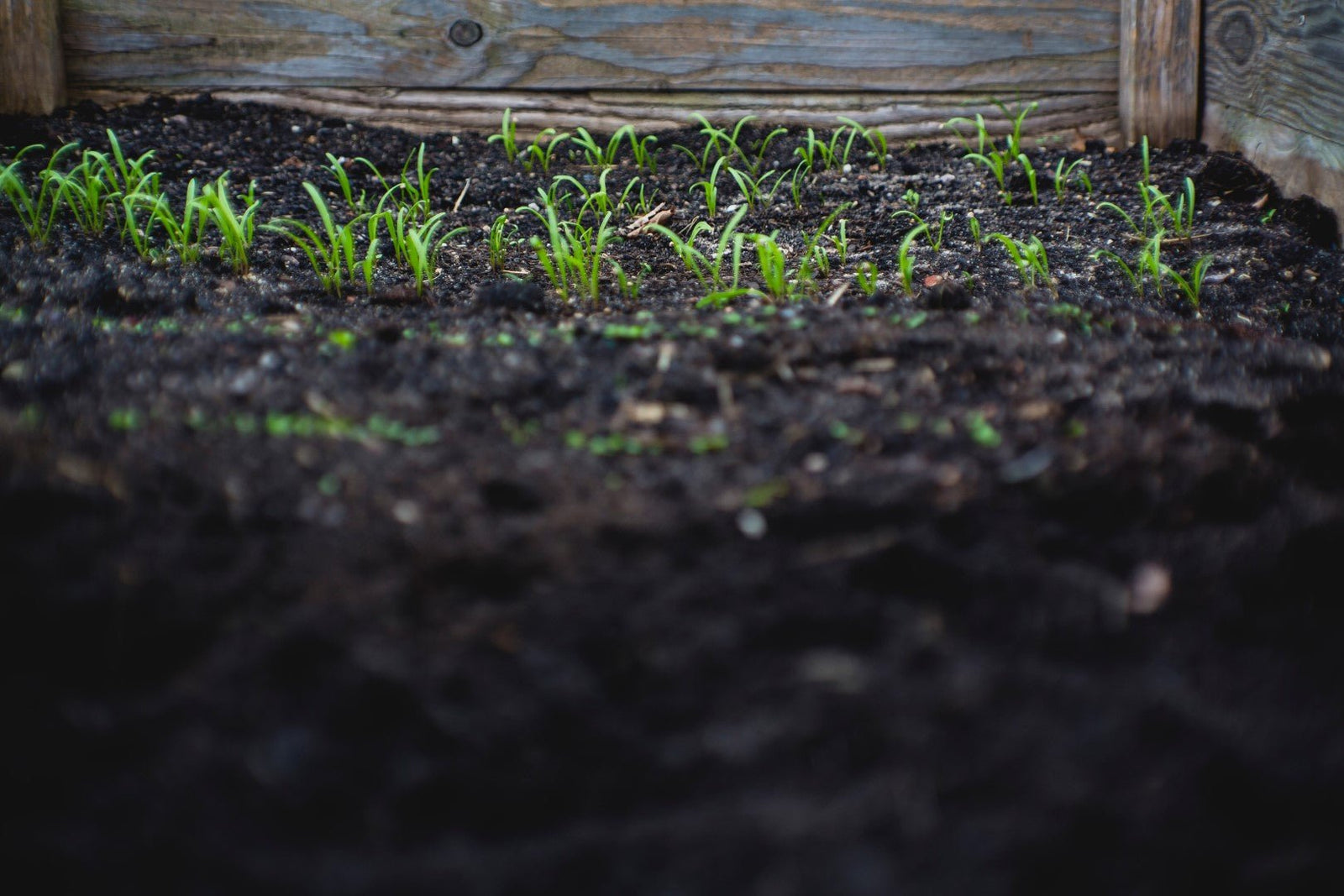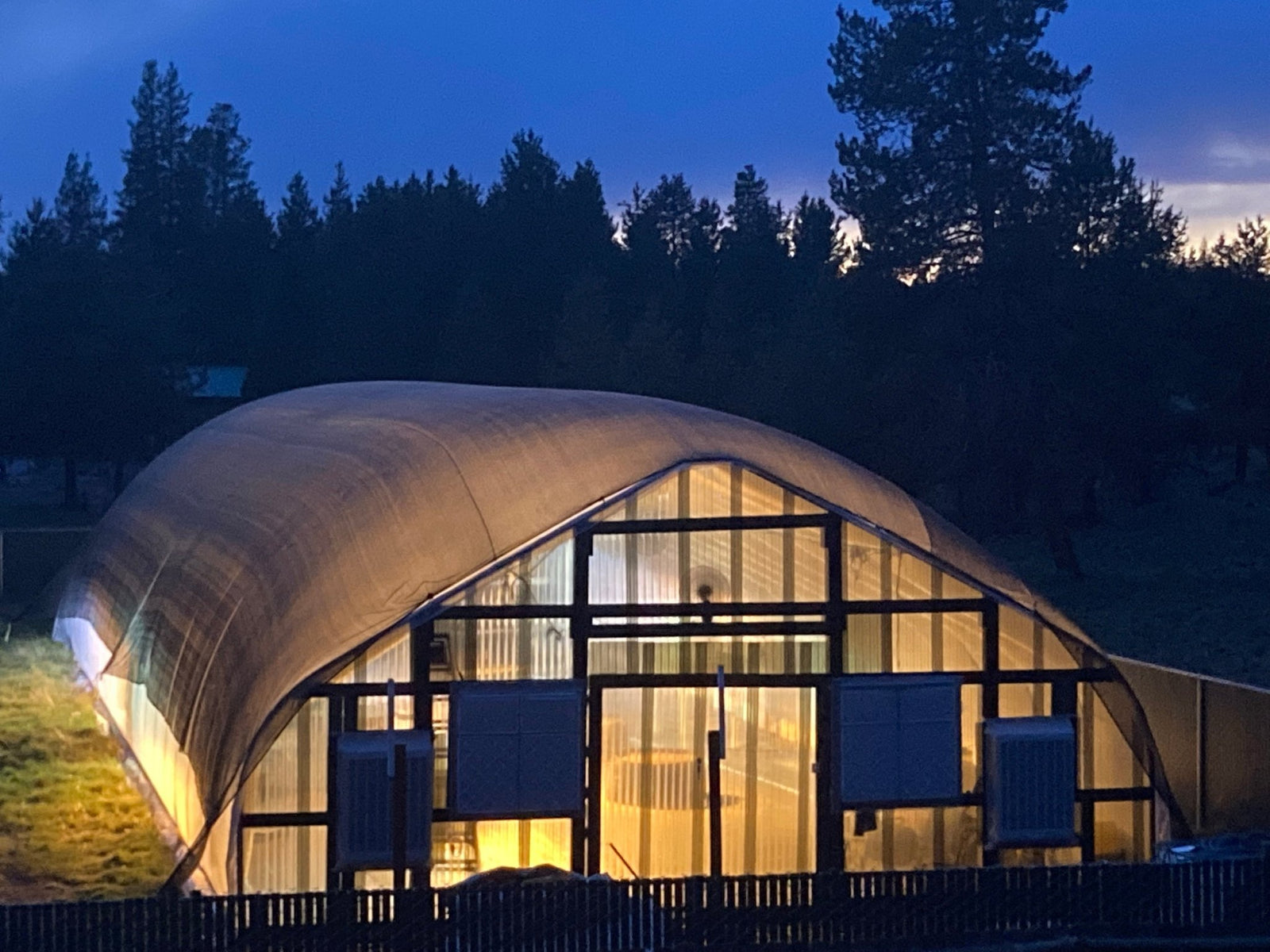You may have heard all sorts of complicated things about crop steering and how to implement it in your cultivation practices, but when it boils down to it, crop steering is a relatively straightforward concept.
Crop Steering: Two Types of Growth
- Vegetative Growth
- Ideal conditions -> no stress -> plant grows bigger
- Generative Generative
- Unideal conditions -> stress -> plant gets ready for reproduction
The general idea behind crop steering is that there are two types of growth: Vegetative and Generative, and you manage, or steer your climate and irrigation to achieve them.
Vegetative growth happens when the plant is in ideal conditions and not stressed. It leads to rapid vegetative growth throughout the whole plant,increasing the size of all parts of the plant, including roots, flowers, and leaf matter.
The other type of growth is generative. This happens when the plant is under more stress. This stress and implied risk of death leads the plant to dedicate its energies toward reproduction, leading tomore bud-sites and a ripening of flowers.
You may be wondering how to actually apply this to your cultivation practices. This is done bycontrolling the plant's environment through climate control and irrigation practices.
Typical Crop Steering Grow Cycle

Applying crop steering to your cultivation practices typically involves adhering to a 4-phase grow cycle:
- Phase 1: Veg
- 2-4 weeks
- Steer for Vegetative Growth
- Goal: bigger roots and leaves
In Phase 1 of a crop steering grow, you want the plants to develop good root and leaf structure as a basis to support the rest of the growing process. Steer for low-stress vegetative growth.
- Phase 2: Early flower
- 3 weeks
- Steer for Generative Growth
- Goal: starting of bud sites
In Phase 2 of a crop steering grow, the plants have developed a robust leaf and root structure, now you want the plants to start developing bud sites where the colas will form. Steer for higher-stress generative growth.
- Phase 3: Mid flower
- 3-5 weeks
- Steer for Vegetative Growth
- Goal: Bulking of bud sites
In Phase 3, the plants have finished stretching, and have developed a multitude of bud sites. We are ready to start bulking those flowers. Steer for vegetative growth for the plant to stack colas on those bud sites as quickly as possible.
- Phase 4: Late Flower
- 2 weeks
- Steer for Generative Growth
- Goal: Ripening
In Phase 4, the plants have large, developed bud sites. We are starting to prepare the buds for harvest. Steer for generative growth to help promote the ripening of the flowers.
Environmental Factors
To steer a plant toward vegetative growth, you need to provide it a stress free environment. This means maintaining a lower VPD by keeping humidity levels elevated, so that stomata are open. Ideally, if you are supplementing with CO2, keep the CO2 supplementation level toward the lower end of the suggested range. Additionally, it is important to keep the plant’s root zone more moist with small, frequent waterings, smaller drybacks, and lower Pore Water EC.
To steer a plant toward more generative growth, you need to add environmental stressors. This means a higher VPD with lower temperatures and significantly lower humidity levels. This will lead to smaller stomatal conductance, thus CO2 supplementation should be increased to counteract that. Additionally, it is important to keep the plant’s root zone in a dryer regime, with larger, less frequent waterings, bigger drybacks, and higher Pore Water EC.
For more information on achieving optimal VPD (Vapor Pressure Deficit), check out our VPD Guide!

|
Vegetative Growth Temp: 78-85F |
Generative Growth Temp: 65-78F |
Implementing Crop Steering
- Understand Grow Environment
-
You need to understand the plant’s environment so it is essential to track RH, Temperature, VPD, CO2, Light
- Improve Climate Uniformity
- Place sensors to monitor horizontal and vertical differences in climate readings throughout the grow space
- Change ventilation, hvac, light positioning, fan positioning to achieve a uniform climate throughout the canopy, both vertically and horizontally
- Note: plants generate humidity, so higher humidity is to be expected within the canopy
-
Typically fans blowing air vertically up from the ground level do a lot to improve environment uniformity, as well as raise CO2 into the canopy.
- Improve Climate Stability
- Optimize temperature first
- Since temperature influences relative humidity, getting your temperature stable in your grow should be your first priority.
- If you’re planning on supplementing with CO2, target higher temperatures
- Optimize humidity
- Once you’ve got a handle on temperature, it is much easier to stabilize humidity.
- This should be done with plants in the room, since plants put all the water they drink back into the air.
- Optimize VPD
- Keep in mind leaf temperature when optimizing VPD.
- Optimize CO2
- Now that you’ve got a handle on the temperature and humidity balance, it is time to make sure you’re supplementing with CO2.
- Seal off room
- Implement supplementation
- Monitor mid-canopy co2 levels
- Improve ventilation in your grow space to reduce co2 level variation
- Optimize lighting
- With everything else in place, your plants will be able to perform photosynthesis at a high intensity
- Take PPFD readings
- Calculate DLI
-
Adjust as needed
- Implement Climate Based Steering
- See above for suggested steering schedule and environmental parameters
-
Dial in your HVAC system and controllers to achieve the desired climate parameters
- Install Substrate VWC and EC Sensors
- Once you’ve got the air figured out, it is time to focus on the root zone
-
Ideally, you want to monitor your best, average, and worst drinking plants’ root zones.
- Optimize root zone uniformity
- Adjust and/or replace irrigation system components to get uniform output
- Temperature should be close to uniform from climate based temperature adjustments
- Measure correct shot time for desired watering amount
- Dial in watering & dry back schedule
-
Adjust irrigation nutrients to achieve desired EC levels
- Implement irrigation steering
- See above for suggested steering schedule and irrigation parameters
- Dial in your irrigation system and controllers to achieve the desired root-zone irrigation performance
Conclusion
I know this is a lot of information in a relatively short article, but adhering to the guidance provided here will give you a very strong basis for getting started on implementing crop steering, as well as helping you drive higher quality, consistency, and yield in your grow operation.
We’ve got more crop steering related guides coming soon, so subscribe with your email address below and you’ll be first to know when we release them.


![[Feature Highlight] Zones w/ Batch & Phase Tracking - Pulse Grow](http://pulsegrow.com/cdn/shop/articles/feature-highlight-zones-w-batch-phase-tracking-726407_1600x.png?v=1695824155)

